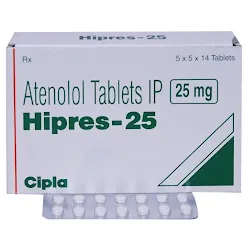Sodium Valproate: A Comprehensive Guide
Sodium valproate is a widely prescribed antiepileptic medication that plays a crucial role in managing various neurological and psychiatric disorders. First introduced in the 1960s, sodium valproate has become a cornerstone in the treatment of epilepsy and bipolar affective disorder. It is derived from valproic acid and works by stabilising electrical signals in the brain, thus preventing seizures and mood swings. Available under brand names such as Epilim and Depakote, sodium valproate is recognised by the World Health Organization as an essential medicine due to its broad efficacy and safety when used appropriately.











